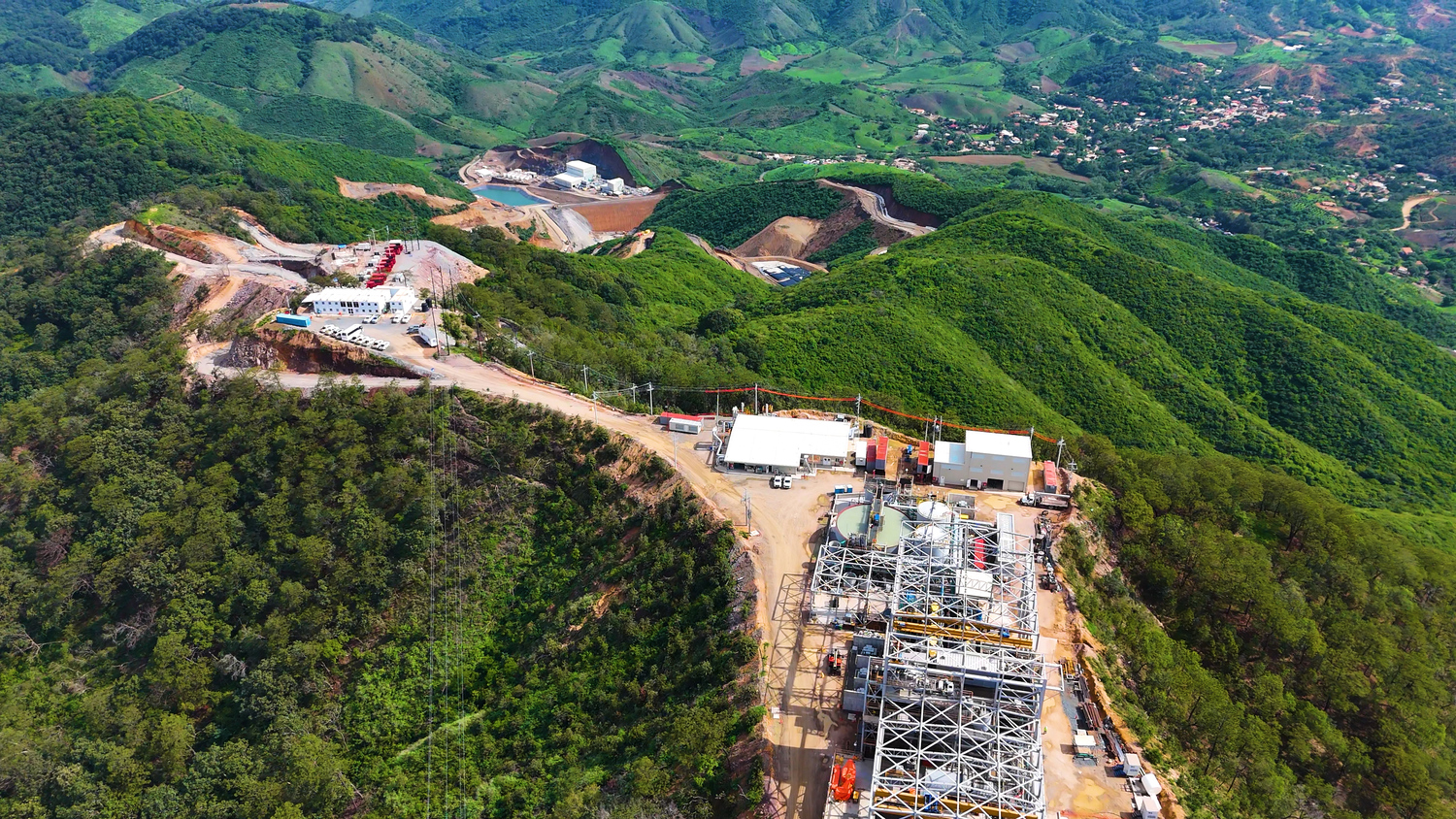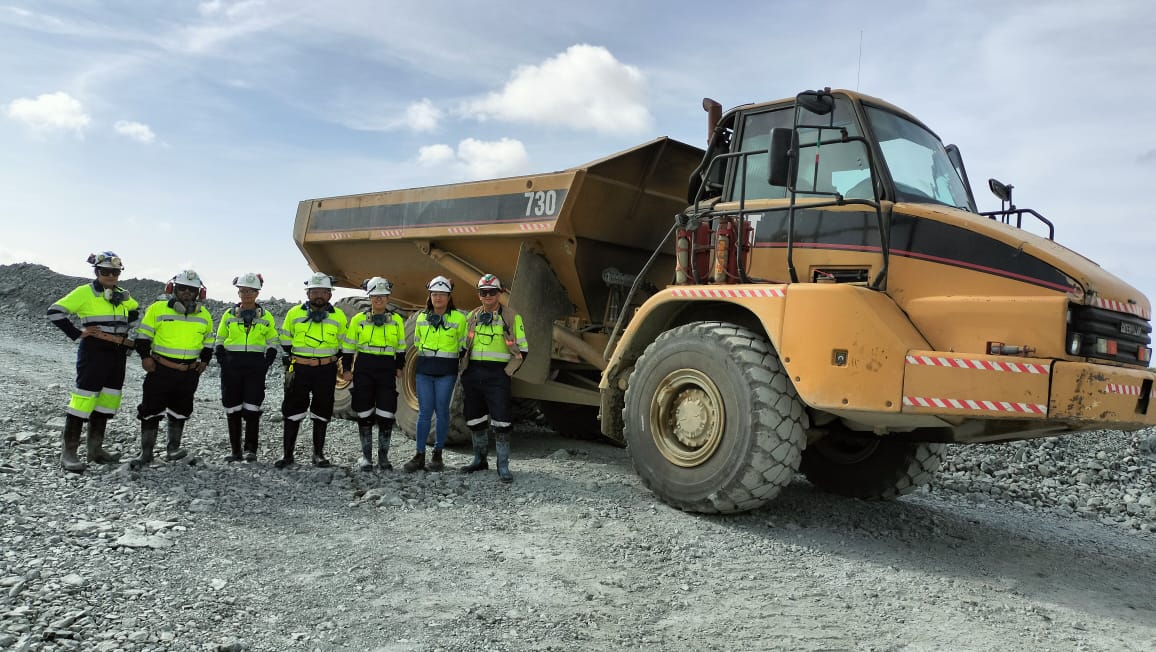-
17 de junio de 2025
Modern mining operations are tightly regulated, and land restoration is a requirement of mining permits. Restoration is also essential to responsible, sustainable mining.
As set out in the Global Industry Standard on Tailings Management (GISTM), closure and rehabilitation should achieve sustainable revegetation and biodiversity outcomes. For success, the closure and rehabilitation of tailings storage facilities (TSFs), in particular, require a staged approach, involving sampling, investigations and research to define tailings and restoration materials.
At Guanaceví last year, we launched a mine revegetation project to evaluate various methods for revitalizing the slopes of the TSF no longer in use. Revegetation helps reduce damage and disruption to the soil after mining and helps rehabilitate the ecosystem. As part of the testing, we assessed the use of different covers, materials, soil improvers and native species of the region, to better understand the specific conditions of the reservoir that will allow the progressive closure of the TSF.
To date, the results of the tests are promising, as the before-and-after photos to the right show plant regrowth along the TSF slopes. The substrate in place has been preserved and fixed, and the vegetation is self-supporting. Monitoring will continue during 2025 to evaluate progress of our efforts.
Before and after photos show growth of newly planted vegetation:
- Home
- Quiénes somos
- Sustentabilidad
- Inversionistas
- Noticias & Media
- Careers
© 2025 Endeavour Silver Corp.
All rights reserved.








